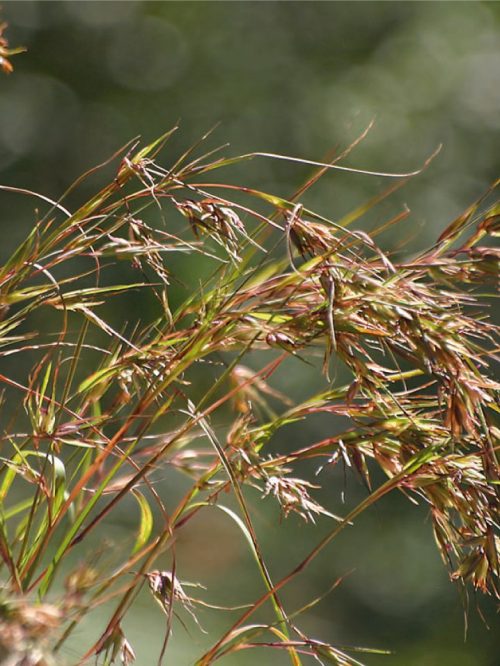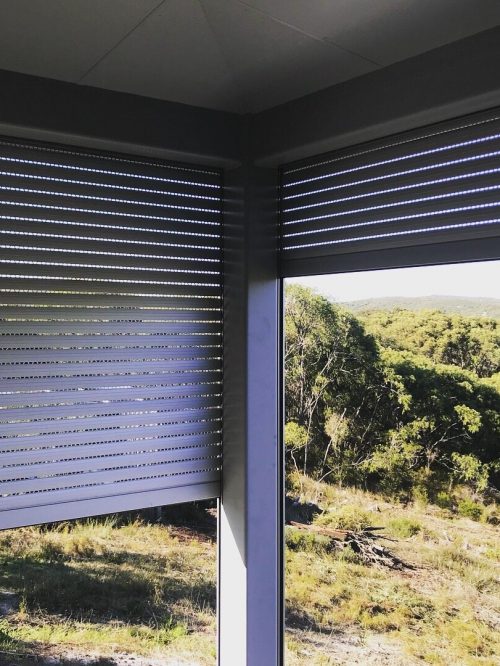Decks are desirable in bush settings but there are tight regulations around deck construction in bushfire-prone areas, to reduce the risk of fire spreading from the deck to the house. While a few embers landing on a deck can be extinguished if someone is home, sustained ember attack on a timber deck will put the house at risk.
Decks are possible in BAL-areas though, provided they have an enclosed sub-floor space and, in areas with BAL-29 or higher, the materials must be non-combustible. Fortunately there are a number of non-wood decking materials that are made of composite materials including recycled or reclaimed wood products and recycled plastics, with some even available as deck tiles. There are several environmental benefits to using composite materials, including the reduced use of new wood. Some products are made from up to 95 per cent recycled materials including high-grade recycled plastic and reclaimed wood fibres.

Composite decking boards can be lighter and stronger than timber and low maintenance with no need to oil, sand or paint. In most cases they can be UV and termite resistant as well.
Another fire-resistant decking material is fibre-cement sheet, which was used in the construction of the deck on the Phoenix House, with the house featuring in the Materials section of the Green Rebuild Toolkit. Unlike timber, fibre-cement sheet does not rot or require frequent repainting. It is fireproof, insect resistant and performs well in bushfires, and can be manufactured with a wood grain appearance.
Consult your local planning authority on any proposed deck or pergola structure in a bushfire-prone area.








